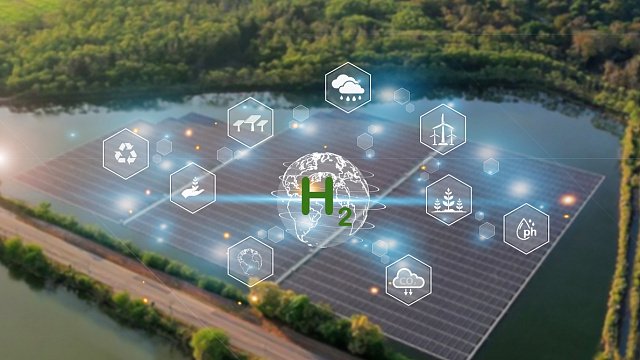23.06.25
15:00
Indian researchers develop scalable solar device to produce green hydrogen using Earth-abundant materials
This innovation could become a cornerstone in clean energy infrastructure, powering hydrogen-based systems in homes
A team of Indian scientists has developed a scalable and highly efficient device for generating green hydrogen by splitting water molecules using only solar energy. This is reported by
IANS, a partner of TV BRICS.
The research team created a next-generation photoelectrochemical device based on a silicon-based photoanode using a unique n-i-p heterojunction structure. This architecture integrates n-type titanium dioxide (TiO₂), intrinsic silicon, and p-type nickel oxide (NiO) layers, maximising charge separation and improving energy conversion efficiency.
The fabrication process employed magnetron sputtering, a commercially viable and scalable technique widely used in the electronics industry. This approach resulted in enhanced light absorption, efficient charge transport, and minimised energy loss – key factors for maximising hydrogen production from solar energy.
The device achieved a surface photovoltage of 600 mV and demonstrated a low onset potential of approximately 0.11 V_RHE, both considered excellent in photoelectrochemical systems. It also showcased notable operational stability, functioning for over 10 hours in alkaline conditions with only a 4 per cent performance drop – a rare achievement for silicon-based hydrogen systems.
Experts believe that with further refinement, this innovation could become a cornerstone in clean energy infrastructure, powering hydrogen-based systems in homes, transportation, and industrial processes – all driven by solar power.
Photo:
iStock
Back


